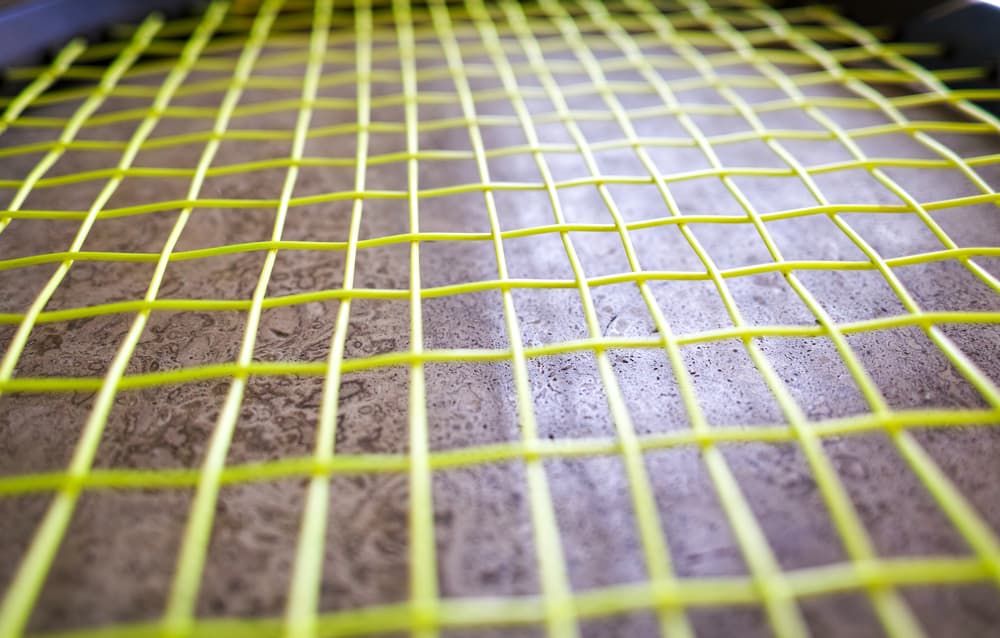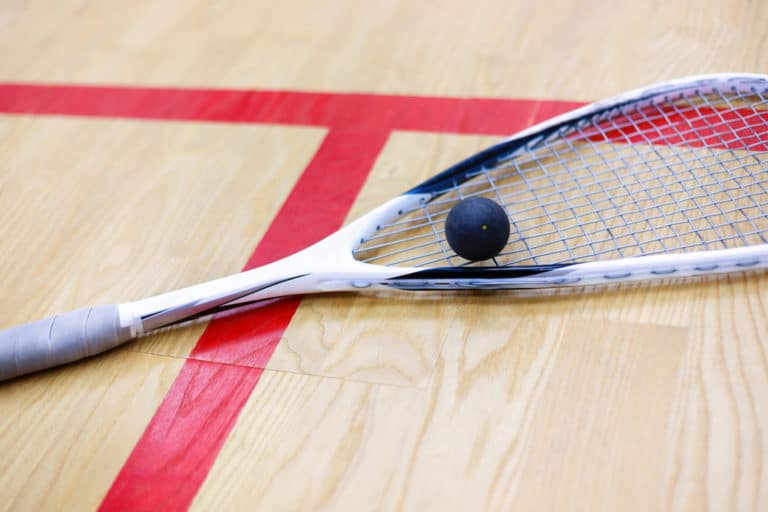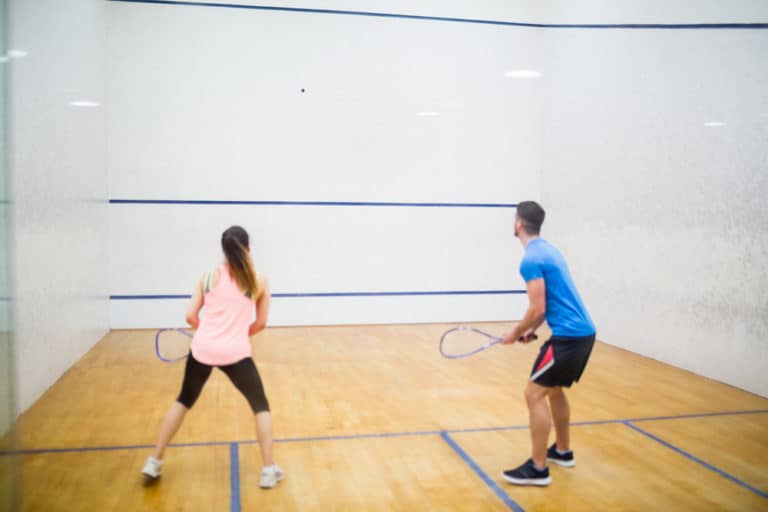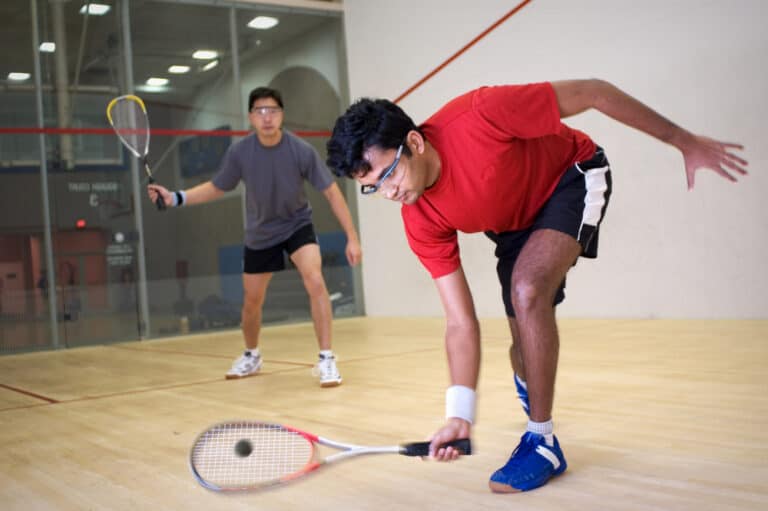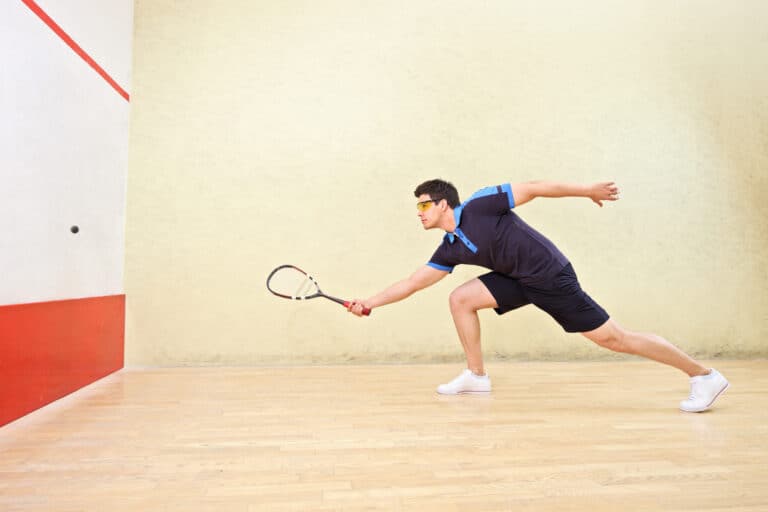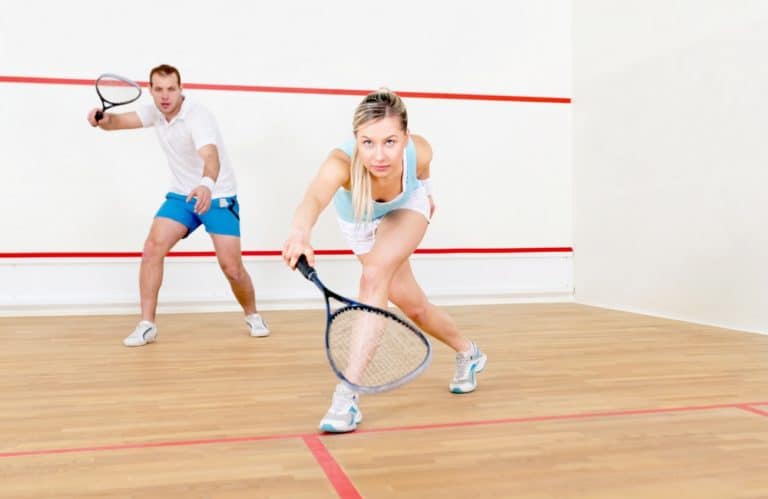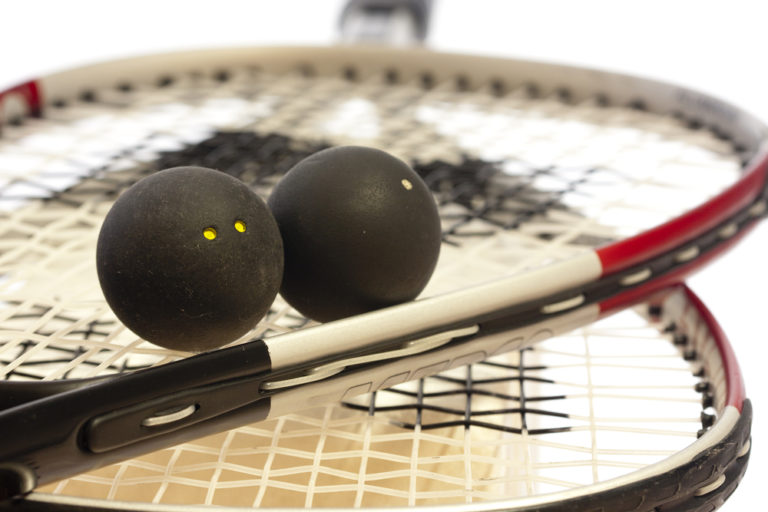Can You Use Tennis Strings For Squash?
Many racquet sports make use of strings. Famous examples include badminton, speed ball, squash, and tennis. Knowing how to string your racquet and what strings to use is crucial for fair play. So, can you use tennis strings for squash?
You can use tennis strings for squash. However, it is not ideal. Strings are designed specifically for the racquet and the game. Therefore, while you can use tennis strings for squash, it is not advisable because tennis strings are designed differently, which will impact your squash game in some way.
If you play tennis and want to save money and time, you might consider buying a reel of string that can be used on your tennis and squash racquets. While this is possible, it’s not advisable because tennis strings are made differently from squash strings.
Is It Possible To Use Tennis Strings For A Squash Racquet?
If you play tennis and squash regularly, you might consider replacing your squash strings with tennis strings to save time and money. While this is possible, it’s not the best idea.
Having the correct strings on your racquet is critical to your game. Strings impact a significant amount of your game, including the spin, speed, power, and comfort of your game.
If you have been using the correct strings on your squash racquet before, it will also be a huge adjustment to get used to having tennis strings on your racquet.
Tennis and squash strings are designed specifically for their games, and using tennis strings on a squash racquet will negatively impact your game.
Tennis strings are the same thickness as squash strings, which is why you can use them. But they come in a different tension level to squash racquets. Also, the patterns on squash and tennis racquets are different.
String patterns refer to the number of strings on any given racquet. These include the number of strings that run from the bottom of the racquet to the top and the number of strings that run across the face of the racquet.
The most common patterns for tennis racquets are 18 x 20 and 16 x 19, although you can combine them in a few more ways to suit your preference. The average string tension on a tennis racquet is 52 pounds, with professionals using between 50 and 51 pounds.
Squash racquets feature a fan-out pattern, with the strings fanning out as they reach the top of the racquet. The standard pattern is 14 x 18. Ideally, string tension should be 29-30 pounds, with the average being approximately 27-28 pounds.
What Are The Different Types Of Squash Strings?
The two main strings used in squash are natural gut strings and synthetic strings.
Natural gut strings work well and have a great feel. Natural gut strings are often used in tennis racquets and are known to have better tension management over time.
Synthetic strings are durable and are known to provide you with a crisp feel when striking the ball.
What Are The Benefits Of Restringing Your Squash Racquet?
Restringing can change the overall feel of your game if done correctly.
It is advisable to find the correct string for you and to have the racquet set at the same tension each time. This will prevent you from needing to take extended amounts of time to get used to the new feel.
It is advisable to entrust the restringing to an experienced professional. Professionals have all the equipment necessary to do an excellent job of your restringing, and they will know the best tension for your racquet.
Be prepared to try a few different tensions and take some time to find the right fit for you. Because strings are such an integral part of the game, it is necessary to invest time and effort in finding the right strings and getting them set to your preference.
A tip for making this simpler is to keep a record each time you get your racquet restrung, detailing the thickness and tension of the strings. You can keep a diary when playing to keep a log of your performance and the feel of the strings after having them restrung.
Over time it will become clear which thickness and tension suit you best.
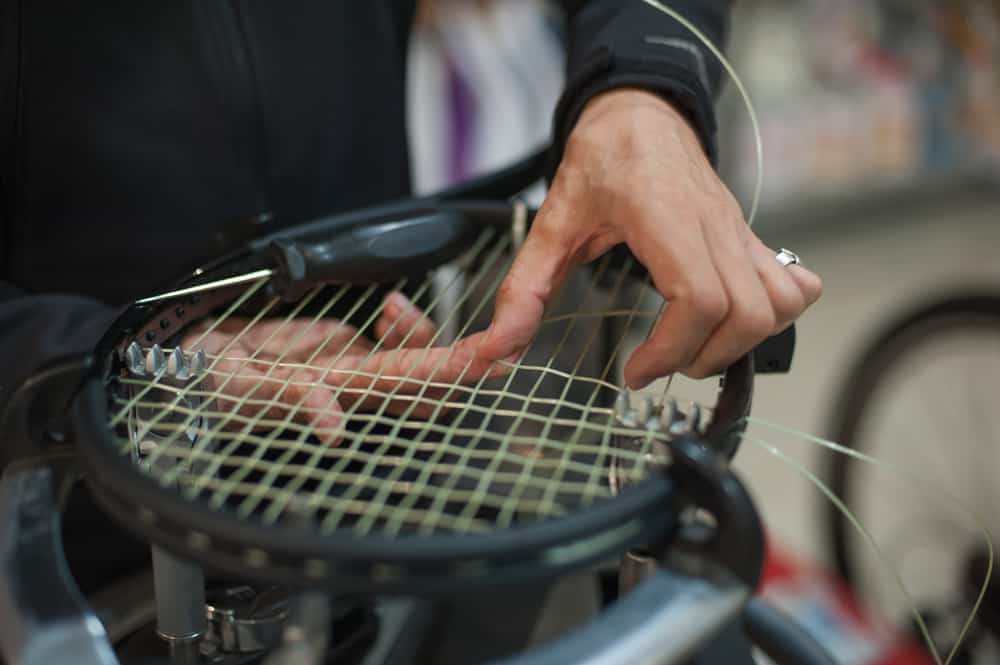
When Should You Restring Your Squash Racquet?
If you play squash regularly, for example, up to three times a week, replacing your strings every four months or so is a good idea. Strings naturally lose elasticity over time, so leaving them for long periods means you will inevitably lose power in your shots.
Even if you don’t play regularly, changing your strings at least twice a year is still advisable. Strings can wear out over time even if they are not in constant use, so it’s a good idea to change them regularly.
Many players forget about their strings, and this inevitably costs them over time because the quality of your strings has a big impact on your overall performance.
One of the main benefits of having correctly strung strings is that they will improve your shot-making. In addition, when strings have been refitted, they can add significant power to the shots.
Strings must be at the correct tension level. This will ensure that your shots are powerful and crisp.
When strings are not restrung for extended amounts of time, they get loose, impacting the quality of your shots.
It takes time to adjust to the new feel of a racquet once the strings have been changed. New strings significantly change the feel of the racquet, and it will take time to feel it out and adjust to the new feel.
Conclusion
Tennis strings can be used for squash, but it is not advisable. Whether you play squash socially or professionally, your strings are an essential part of your game and influence your performance.
You will want to know that you are playing with the appropriate equipment so that you can relax and enjoy playing. While playing with tennis strings is possible, it’s not a great option because they are not designed for squash and will inevitably compromise your game in some way.

